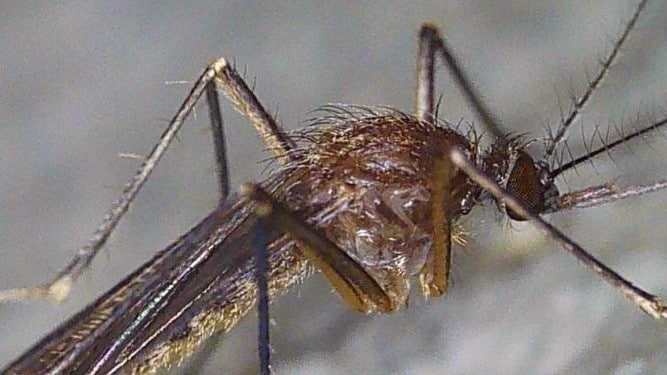Key points
- Eastern equine encephalitis is caused by a virus usually spread to people through the bite of an infected mosquito.
- Eastern equine encephalitis virus circulates in the environment between mosquitoes and birds typically found in swamps.
- The virus can rarely be transmitted through solid organ transplantation.

Primary cause
Eastern equine encephalitis is caused by a virus that is found in North America and the Caribbean.
A closely related virus, Madariaga virus (formerly known as South American eastern equine encephalitis virus), causes disease primarily in horses in Central and South America.
How it spreads
- Eastern equine encephalitis virus circulates in the environment between mosquitoes and birds typically found in freshwater hardwood swamps.
- People and some other animals (e.g., horses and emus) become infected often by different mosquitoes (known as bridge vectors) that feed on both birds and animals.
- People and horses are considered "dead-end" hosts. This means they do not spread the virus, even though they get sick, to mosquitoes that bite them.
- Eastern equine encephalitis virus was transmitted through organ transplantation involving one organ donor and three organ recipients.
Keep Reading:
Transmission
- Photo by Stephanie Campbell
